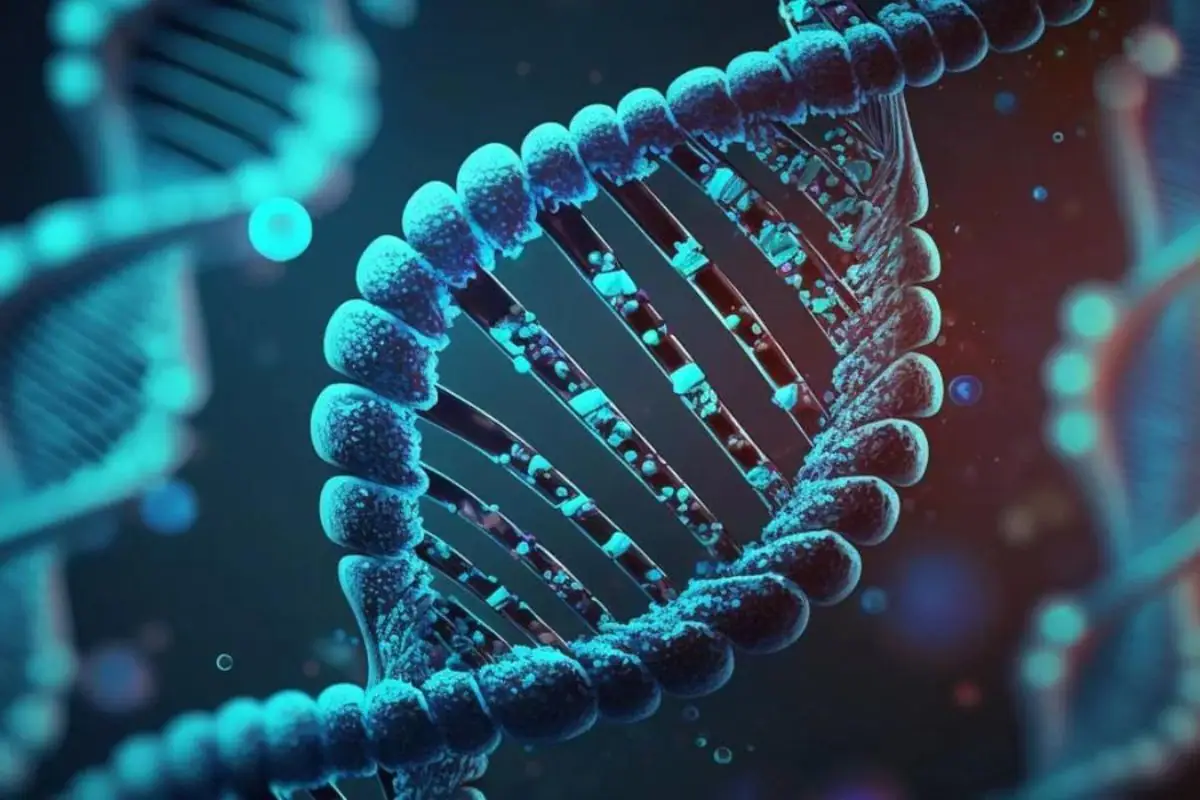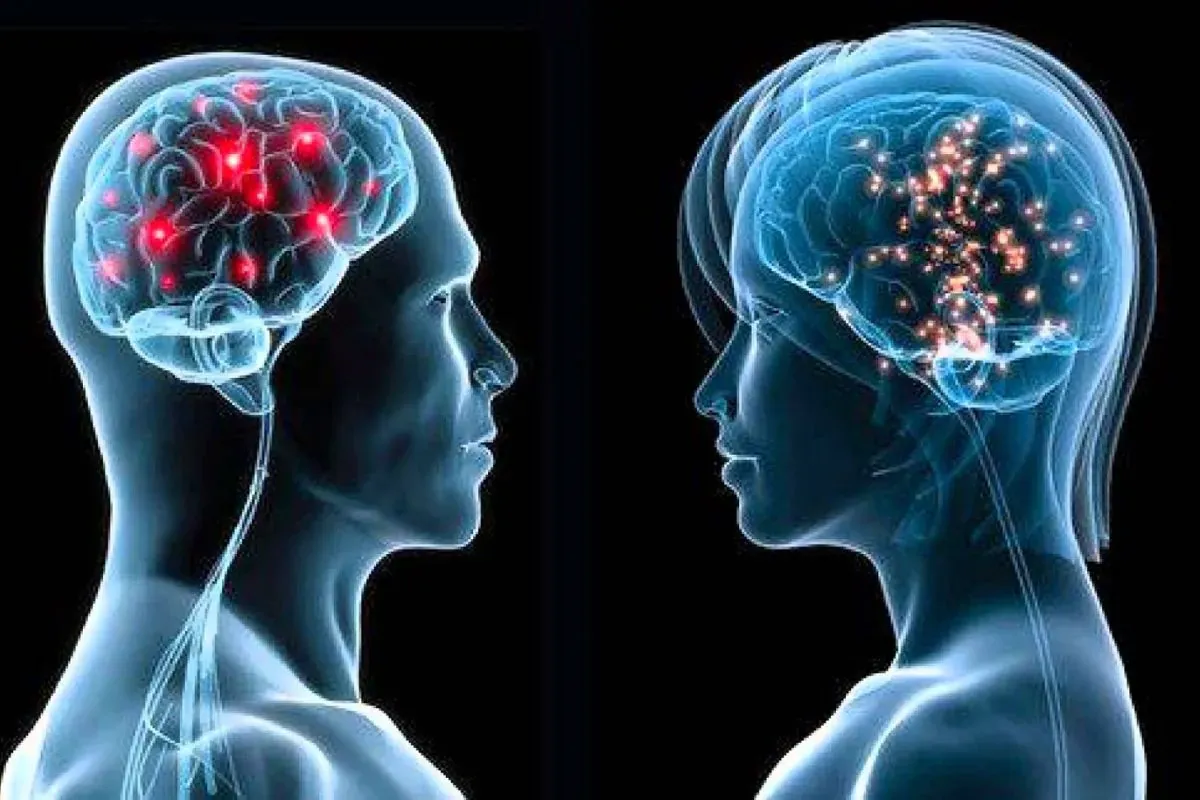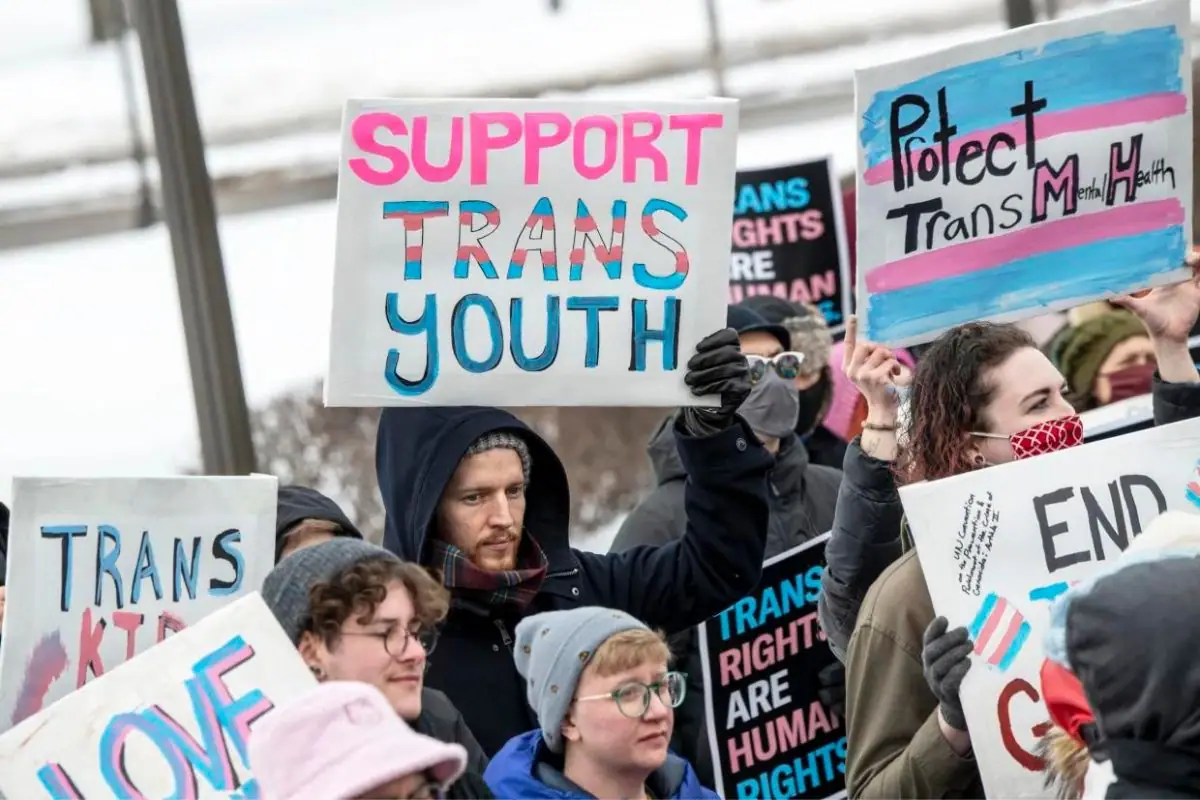Advertisement
The Truth About Transgender Identity
Advertisement
Transgender refers to individuals whose gender identity differs from the sex they were assigned at birth. It encompasses a broad spectrum of gender experiences, highlighting the diversity beyond traditional male and female categories. This identity is deeply personal, relating to one's internal perception of themselves rather than their physical characteristics or sexual orientation. Understanding transgender means recognizing and respecting this self-identified gender, which is a fundamental aspect of each person's identity and sense of self.
Understanding Transgender Identity
Transgender individual’s identities do not align with the sex they were assigned at birth. This discrepancy is not about physical attributes but rather an intrinsic understanding of oneself as male, female, or non-binary. Recognizing this distinction is fundamental, as it respects and validates the individual's self-identified gender, which is a core aspect of their personal identity. It's essential to acknowledge that gender identity is a deeply felt experience of gender, separate from societal expectations.

Advertisement
Distinction Between Gender and Attraction
Gender identity and sexual orientation are distinct aspects of a person's identity. While gender identity is about who one is internally, sexual orientation deals with who one is attracted to. This separation is crucial for understanding the diversity within the LGBTQ+ community. It's important to respect and recognize each aspect as an independent element of an individual's identity, fostering a more inclusive understanding of the varied experiences within the community.

Advertisement
Biological Underpinnings
Research suggests that being transgender may have biological origins, including hormonal influences during fetal development. These findings propose that gender identity could be shaped by the brain's exposure to hormones before birth, independent of the development of sexual organs. This perspective challenges the oversimplified view of gender as solely binary and rooted in visible anatomy, opening the door to a more nuanced understanding of gender as a spectrum.

Advertisement
The Role of Genetics
Genetic studies have begun to uncover links between transgender identities and specific genetic markers, such as variations in the androgen receptor allele. These discoveries suggest a complex genetic foundation underpinning gender identity, beyond simplistic binary classifications. Such research underscores the importance of viewing gender through a biological lens, recognizing the inherent diversity of human gender experiences.

Advertisement
Brain Structure Variations
Investigations into the neurological differences between cisgender and transgender individuals have identified distinct variations in brain structures. These differences, particularly in white matter tracts, are thought to be influenced by hormonal exposure during critical developmental periods. This evidence supports the biological basis of transgender identity, highlighting the role of prenatal and early postnatal development in shaping one's sense of gender.

Advertisement
Supporting Transgender Youth
For families with transgender children, accessing professional support is crucial. This support includes medical and psychological guidance to navigate the challenges of gender identity development. Encouraging acceptance and providing a supportive environment are key, allowing children to express their true selves without pressure to conform to traditional gender expectations. This approach promotes mental well-being and healthy development.

Advertisement
Societal Perspectives on Transgender Identity
Society's understanding and acceptance of transgender individuals vary widely, with some communities offering support and others posing significant challenges. Advocacy and education are vital in shifting public perception, aiming to reduce stigma and increase acceptance. Recognizing the value of diverse gender identities enriches the social fabric, promoting a more inclusive and empathetic world.

Advertisement
Legal Rights and Protections
The legal landscape for transgender people is a patchwork of policies that differ by region. Advocacy for equal rights and legal protections is ongoing, with the goal of ensuring that transgender individuals can live freely and authentically. Legal recognition of gender identity is a critical aspect of this fight, as it affects access to various rights and services.

Advertisement
Medical Care and Transitioning
Access to gender-affirming care is essential for many transgender individuals, encompassing a range of medical interventions tailored to each person's needs. This care is not only about physical transition but also about aligning one's external appearance with their gender identity, which is crucial for mental health and overall well-being.

Advertisement
Mental Health Considerations
Transgender individuals often face mental health challenges due to societal discrimination and stigma. Access to compassionate and informed mental health care is essential. Supportive services can mitigate the impact of external pressures, fostering resilience and promoting a positive sense of self.

Advertisement
Education and Awareness
Educational efforts play a key role in increasing understanding and acceptance of transgender identities. By dispelling myths and providing accurate information, we can create a more inclusive society that values and respects gender diversity. Education empowers allies and supports transgender individuals in their journey.

Advertisement
The Importance of Allyship
Allies are crucial in the movement for transgender rights and acceptance. By standing in solidarity with transgender individuals, allies can help challenge discriminatory practices and promote positive change. Allyship involves listening, learning, and taking action to support the transgender community in meaningful ways.

.png)




